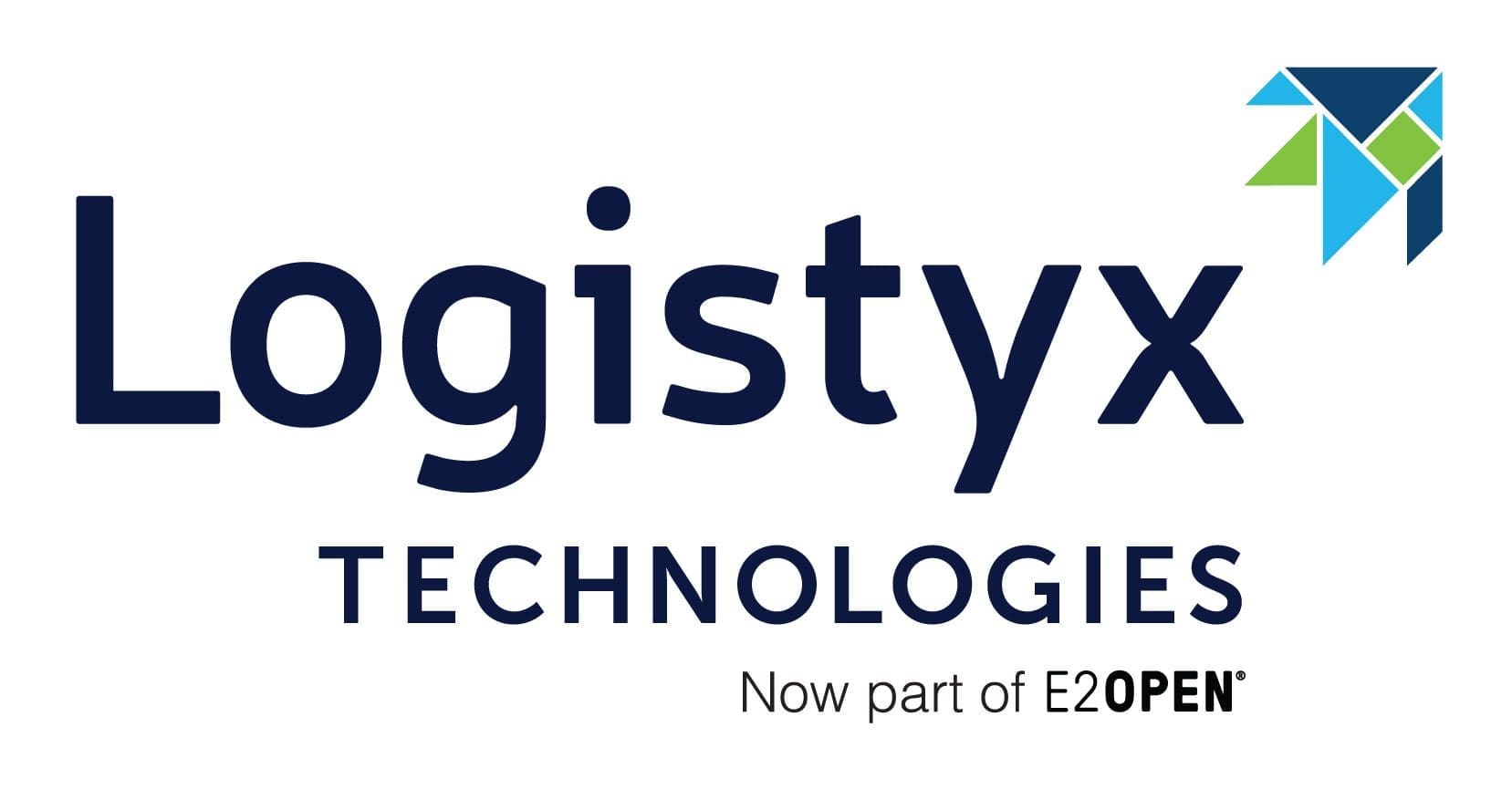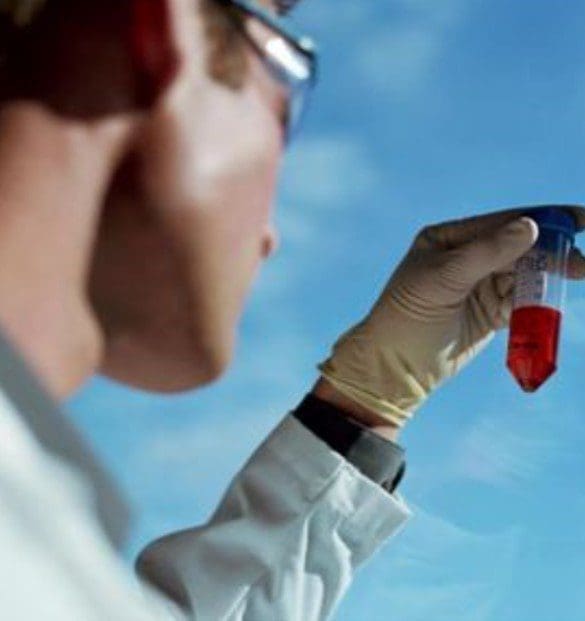Managing yard and warehouse operations has long been one of the thornier aspects of transportation logistics. A recent conversation with a major distributor of consumer beverages encapsulated many of the most common issues. Yards are a choke point between transportation and warehousing — and wherever you have choke points, you have a higher risk of […]
UPS dominated business and trade headlines for a day in late January when the world’s largest package delivery company announced plans to cut 12,000 full- and part-time management jobs as part of a new initiative called “Fit to Serve.” What stood out even more was the “subhead” of UPS’ announcement. As reported by The Wall […]
As an engineer, former solutions architect and now CEO of a leading supply chain technology company, I have a real affinity and respect for Chief Information Officers (CIOs) and their teams, without whom successful enterprise technology deployments would be impossible. That’s why I value the time I get with CIOs every bit as much as […]
Real-time transportation visibility – leveraging real-time data, ML and AI to help countless companies – has elevated visibility toa foundational technology. Real-time supply chain data is increasingly being felt far beyond transportation logistics to enable real-time decision-making with positive implications for supply chain teams spanning sourcing & procurement, to production, to yard & DC operations […]
In early May, I participated in one of the supply chain industry’s premier events, which attracted more than 3,500 logistics professionals. I attend this conference every year, but this time, strolling the exhibition floor and surveying the 110+ technology providers’ latest wares, I was struck by a dichotomy. On the one hand, technology has undeniably […]
For a few years now, supply chain professionals and pundits have been speculating on what the so-called “new normal” will look like. That’s shorthand for a supposed future state when pandemics, natural disasters, political conflicts – pick your disruption du jour – have receded into the background and our supply chains can once again operate […]
The supply chain industry is on a years-long digital transformation journey, and one of the key objectives that industry leaders almost universally aim to achieve is true end-to-end (E2E) visibility across their complex global networks of suppliers, partners and customers. It’s the right goal. But to get there, it’s imperative that industry leaders understand the […]
Some of the world’s biggest retailers and their partners are once again feeling the sting of “the bullwhip effect” – a term of art amongst supply chain professionals that describes how changes in demand at the retail level can reverberate and amplify issues throughout the supply chain. For months, retailers have been stockpiling massive amounts […]
Amidst ongoing uncertainty caused by COVID-19 lockdowns in Asia, war in Europe, scarce raw materials and steep inflation, companies are stockpiling inventory as never before in the hopes of mitigating future supply chain shocks. As a result, warehouse space is scarce and rents are on the rise – a trend that could continue “for at […]
Where’s my shipment? That’s the question that continues to bedevil the global supply chain industry. As I detailed in a recent column, the answer to constant supply chain volatility is pervasive real-time visibility into the precise location, temperature or status of a shipment — at any point along the journey. Widespread industry collaboration and the […]
I can only imagine what it must be like to be at sea during a major storm. When you can barely see beyond the bow of the ship, when extreme wind and waves threaten to throw you off course – or worse, sink you – it’s understandable that long-term thinking can get chucked overboard like […]
For more than a year, global supply chains have been buffeted by one major disruption after another. The surging Delta virus, devastating floods in China and Germany and cyber attacks on South African ports are amongst the latest in a series of events that continue to send shock waves throughout the system. The impact? Raw […]
In a prior post, I wrote about the various ways data is transforming global supply chains. Data is the raw fuel of digital transformation and the linchpin to accelerating industry collaboration, automation, predictive insights and so many more cutting-edge capabilities (including those yet to be invented). Today, I’m going to add a qualifier — it […]
I recently read a thought-provoking report with several predictions about the future of supply chain technology. As I read through it, I was struck by a glaring dichotomy: Supply chain organizations are expected to double down on artificial intelligence, advanced analytics and various digital supply chain technologies — and yet the report predicts that “through […]
As researchers around the world race to develop a safe and effective COVID-19 vaccine, pharma companies also face another daunting challenge: how to distribute hundreds of millions of highly sensitive vaccine doses, quickly and accurately, across the country and the world. Normal vaccine distribution was already inherently complex with a myriad of issues – including […]
I’ve written previously about how I founded FourKites in 2014 to help shed light on the vast blind spots that exist throughout our complex and interconnected global supply chains. Our focus for the first several years was to build a state-of-the-art platform that would give the world’s biggest shippers, and their carrier and broker partners, […]
The COVID-19 pandemic has forced us to reexamine so much of what society took for granted before the virus outbreak. What lessons have we learned to date that will prepare us when the next crisis hits? It’s a critical question for those of us in the industry. The pandemic completely exposed the world’s dependence upon a highly complex, fragmented and inefficient global supply chain. As we look past the current pandemic, it’s clear that we need a more resilient supply chain – one that can easily flex and adapt during future times of crisis and stress (which, invariably, will come). How do we go about turning that into a reality?
Real-time supply chain data is the foundation for trust between supply chain partners. And so it follows that the data – and the data supplier – that underpins any network should be agnostic. From a technology perspective, the typical enterprise in the supply chain is a collection of silos. With a solid foundation of common data across these silos, trust can blossom between supply chain partners.
The largest source of carbon dioxide emissions in the United States currently comes from transportation, surpassing electricity emissions in 2017 for the first time since 1978. Precisely because of these daunting figures, the vast majority of the world’s largest companies are adopting initiatives to reduce greenhouse gas (GHG) emissions in their supply chains, and adopting […]






















